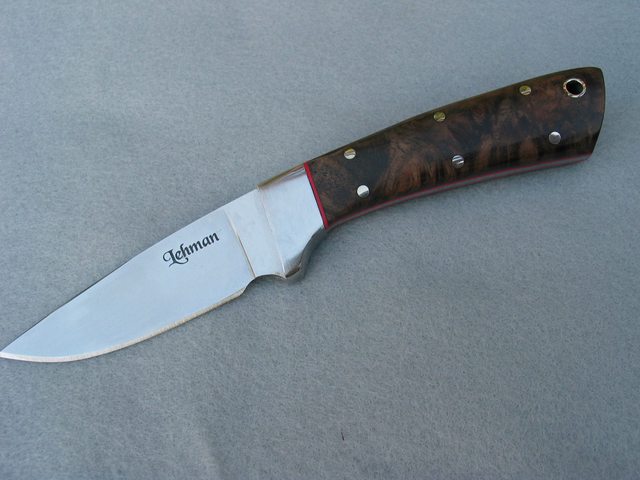Jay what are you using for etchant? I ask because I had a similar problem with dark crusty marks back when I was using salt water on swabs.
One approach would be to minimize the issue before it happens. Reduce the needed cleanup.
Etching deeper while keeping it clean and halo free is half the battle. I think it was Brian Fellhoelter (one more fine/experienced maker who
used to hang out here) who suggested incorporating Windex into the routine. IME nothing made a bigger difference than using the appropriate electrolyte solution for the steel type and using Windex to stick the stencil down to steel. I was skeptical on the Windex but not anymore so I will leave it to you to try or toss the idea.
Also, using plain Scotch tape to "hinge" the stencil can be helpful in that you can pull the top or bottom piece of tape after 1st run and fold back the stencil far enough to clean out the etched steel area with EtOH on a clean swab. The long-sided tape hinge allows you to drop/reposition the stencil precisely, replace opposing tape if needed, and have another go or two at etching deeper with same modest voltage (I use 12V X 800mA for everything). This in itself minimizes the halo on carbon steel in my direct experience. From there, it is typically an easy job to clean up satin finish with the final grit as others have suggested here.
As an example, this is a sorry macro shot of my usual 0.50" wide mark on an 800 grit satin background directly after etching as described above. No cleanup other than a wipe down with Windex on a swab has been done yet. Look close and you can still see a halo etched a few thousandths deep which will be removed in short order with some fresh paper on a hard backing.
Bob - I don't remember the exact details but there was a post on another forum where Ed
Caffrey was experimenting with using black baking laquer to "color" his etched mark on his stock-removal pieces. It looked great with high contrast even on pattern-welded blades but the question of any paint's durability against CLP oils, blood, detergents etc. kept me from chasing it further.






